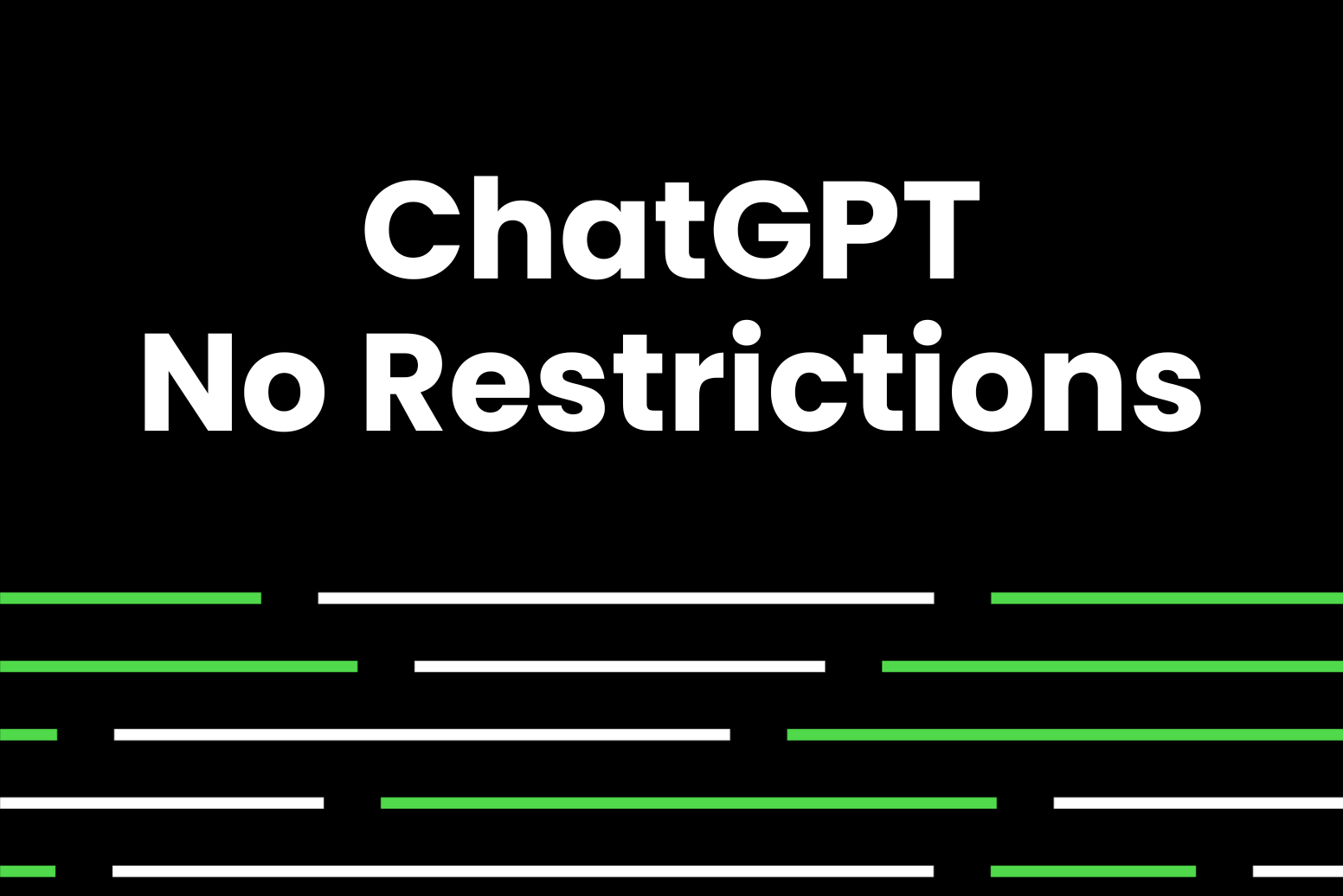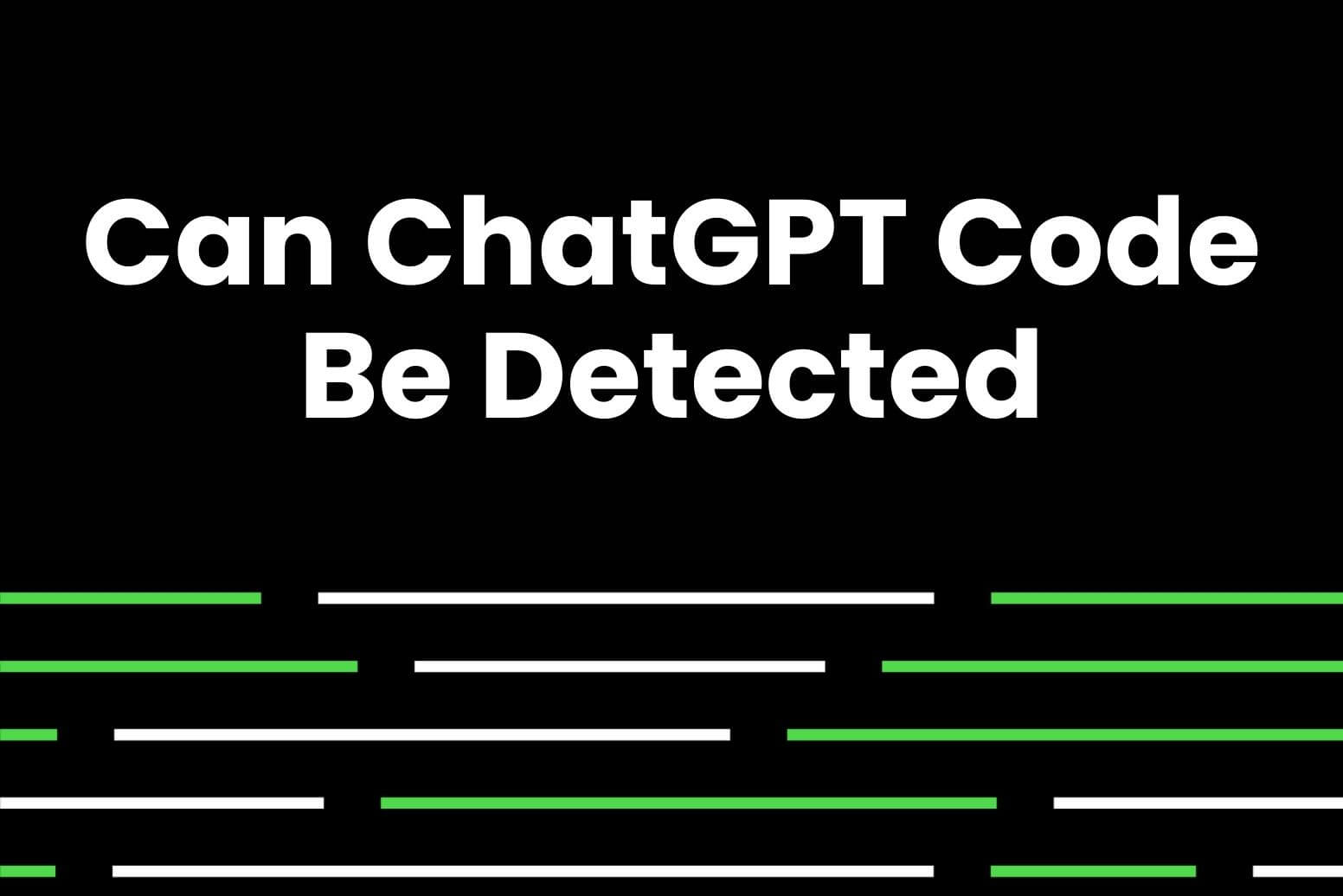Artificial Intelligence has very rapidly changed a large number of sectors, from healthcare to entertainment, as it processes data and ultimately creates human-like text. Developed by OpenAI, ChatGPT is one such powerful AI tool that talks and facilitates writing, brainstorming, and problem-solving. As AI tools like ChatGPT increasingly become integrated into our workflow. It’s essential to understand how to appropriately cite these tools to maintain some level of academic and ethical integrity. This article is proposed to provide guidance on how to cite ChatGPT in academic research, blog posts, or professional papers.

Why Citing ChatGPT is Important
Academic Integrity
Proper citation practices are essential in maintaining academic integrity. Citing ChatGPT ensures that the users give the origin of AI-generated content appropriate credit, the same way they would for any other source of information. This therefore prevents plagiarism as, by citing, users make proper acknowledgment of the origin of material they add to their work.
Acknowledging AI’s Role
There’s an increasing presence of AI tools such as ChatGPT in creative and research settings. Citing them isn’t merely an academic requirement but also an ethical one, simply because they’re powerful collaborators that often significantly influence the outcome of any written work. Users then go on to credit ChatGPT as a contribution would be to human collaborators in order to give the AI its due credit in the creative process.
Citing Sources in the Age of AI
The publication of AI-produced work brings with it new challenges to citation practices. In old-fashioned academic research, citations are usually referred only to human authors, while AI tools like ChatGPT break this pattern. As AI is increasingly being involved in content creation, the sources to be cited change too. Proper citing of AI tools ensures that adjustments in scholarly work occur responsibly, that research work is given its integrity, and the new technology is embraced.
How to Cite ChatGPT in Different Citation Styles
APA Style
The APA citation style gives guidelines on how to cite all types of sources, including AI tools like ChatGPT. In APA, you would treat the AI tool as the author of your work. Here is how you would format the citation:
Example Format:
Author. (Year). Title of the prompt. OpenAI. URL
Example Citation:
OpenAI. (2024). How to cite ChatGPT for ethical use in academic work. OpenAI. https://www.openai.com/chatgpt
In-text citation: (OpenAI, 2024)
MLA Style
The Modern Language Association-MLA-prioritizes clarity and accessibility in citations. In MLA, its focus has been on the particular prompt that is used to create content and the date that the prompt became available. Include the URL from the source. Here’s how you’d cite ChatGPT in MLA style:
Example Format:
“Prompt Title.” OpenAI, Day Month Year, URL.
Example Citation:
How to cite ChatGPT for ethical use.” OpenAI, 19 Nov. 2024, https://www.openai.com/chatgpt.
Reference List: (“How to cite ChatGPT”)
Chicago
The Chicago Manual of Style is often used in publishing and offers leeway in citation formats. When you’re using AI tools such as ChatGPT, your citation should include the author as the organization, then the prompt title, and finally the date of response. Here’s how you would do this in Chicago style:
Example Format:
OpenAI. “Prompt Title.” Day Month Year. URL.
Example Citation:
OpenAI. “How to cite ChatGPT for ethical use.” 19 November 2024. https://www.openai.com/chatgpt.
In-text citation: (OpenAI, “How to cite ChatGPT”)
Harvard Style
The Harvard citation style consists of the author, date, prompt title, and URL, along with the date accessed. Here’s how you would format ChatGPT in Harvard style:
Example Format:
OpenAI. Year. Title of the prompt. OpenAI. Retrieved from: URL [Accessed Day Month Year].
Example Citation:
OpenAI. 2024. How to cite ChatGPT for ethical use. OpenAI. Retrieved from: https://www.openai.com/chatgpt [Accessed 19 November 2024].
In-text citation: (OpenAI, 2024)
When Should You Cite ChatGPT?
In Academic Papers
Citation of ChatGPT is important when it helps in developing ideas, answers, or research for a paper. If it helps to form hypotheses, analyze data, or generate the first draft, then acknowledgement is due. As in the instance that you are asking ChatGPT to generate an overview of a topic or summarizing a research, then the contribution of the AI must similarly be acknowledged as any source of information would. Wherever proper source transparency is a requirement, for instance in the social sciences or humanities – failure to give credit to ChatGPT would be considered plagiarism or failure to properly attribute.
In Creative Work
The use of ChatGPT has to be cited in creative work areas like blogging, content creation, or fiction writing to ensure transparency with the audience. For example, when you are using AI to generate ideas for blog posts or even assisting with writing sections of a blog or article, including that it is ChatGPT enhances one’s credibility. It makes it clear how much human-generated effort versus AI assistance has gone into that particular piece of work. This disclosure is critical especially when the content generated by AI is being used in marketing materials, advertisements, or any form of media where originality is highly appreciated.
In Professional Work
In professional settings, especially when ChatGPT is used for business purposes such as drafting reports, technical documentation, or assisting in client projects, proper citation is essential. This helps clients or colleagues understand the source of certain ideas or content. For instance, when using AI to help draft a technical document or prepare a presentation, acknowledging that certain sections were generated by AI provides clarity and ensures that the human author’s contributions are distinguishable.
Potential Challenges in Citing ChatGPT
Unclear Attribution
One of the major issues in referencing ChatGPT is that it is difficult to determine proper attribution of AI-authored content. Unlike other forms of source, ChatGPT does not have an author or publisher to pin down. Instead, its basis relies on algorithms, training datasets, and contributions from users, which makes it hard to pinpoint a clear “author” to cite. Where AI produces multiple drafts or outputs, it is difficult to identify the contribution, and proper citation becomes controversial.
Evolving Citation Standards
Because AI technologies, such as ChatGPT, become part of academic and professional work and human creativity, standards for citation continue to evolve. Currently, most citation guides such as APA or MLA do not have specific rules on how to cite AI tools, hence, most often, writers and researchers must create their own by adapting existing formats. Also, institutions may not have formalized guidelines for citing AI tools, which may result in inconsistencies on references for AI contributions.
The Role of Human Authors
Another challenge in citing ChatGPT is distinguishing between roles of both the AI and the human author. Although ChatGPT produces content, it is the human user who prompts, selects, and edits the output. It is essential to clarify the extent to which the AI actually contributed to the work. For example, was it generating the core ideas or was the human author doing all of the significant modification? Noting appropriately the division of labor between human and AI authors is necessary to avoid misleading readers into the supposition that the content was solely the work of one entity.
Arvin AI a Good Alternative
Arvin AI is an advanced artificial tool that offers assistance for generating content, carrying out research, as well as academic work. In contrast to other, more generalized AI tools, what sets Arvin AI apart is its deep integration of AI models, all of which are tailored for some vast range of creative and research activities. Arvin AI offers an exhaustive list of advantages compared to alternative AI tools like ChatGPT, considering it is particularly interesting for content creators and researchers. Probably one of the most important reasons it outshines other AI tools is that it specializes in creative and academic writing, particularly in providing well-structured, reliable, and contextual outputs.
Key Features of Arvin AI
- Advanced AI Writing and Research Capacity: Creates highly high-quality, contextually relevant texts to support a variety of writing and research tasks such as compiling, brainstorming, and researching.
- Customizable Outputs: Allows for response modification according to user preferences, thus offering flexibility in tone, style, and presentation for specific needs.
- Ease of Use and User-Friendly Interface: Easy to use for those who are even not tech savvy, easy interface that allows fast input and interaction?
- Quality Control and Reliability: Ensures quality, correctness, and reliability of content for academic and professional purposes, and even creative writing ones.
How to use Arvin AI (Simple Steps)
Step 1: Sign Up/Log In:
To begin using Arvin AI, one should first visit the website to sign up by providing his/her email and creating a password. If a person already has an account, then simply log in by using an email and a password.
Step 2: Inputting prompts:
Once logged in, you will find a text box to input you’re prompt from the main interface and click drop down menu to see all the Gpts click on ChatGPT
Now you could type “Write an article on climate change,” and then click the “Generate” button for Arvin AI to construct content based on your request.
Step 3: Customization Options:
Once your generated content reaches you, you can also customize it further with the help of Arvin AI. You can change the settings, for example, tone, style, and lengths, to better fit your needs. You could also refine your prompt for more detail or areas of focus to be included in the content.
Step 4: Exporting Content:
Once you have all the content you want, you can then export. Click on the “Download” button to save your generated content to your device in whatever format is necessary, such as Word or PDF.
Conclusion
In conclusion of how to cite ChatGPT, Citing AI tools such as Arvin AI become even more relevant as their influence in the academia, professional, and creative field continue to build. Proper citation ensures transparency and maintains academic integrity while giving credit to the technologies that assist in the content creation process. Arvin AI is an effective and impressive tool that can be used for the enhancement of your content, research, or writing. Whether you’re working on an academic paper, generating blog posts, or conducting research, Arvin AI can be a helpful resource.
FAQs
To use Arvin AI, you first log in to your account, paste the prompt of your choice in the text box, such as “Write a blog about AI in education,” and then click “Generate.” You can fine-tune your results and then download it in formats like Word or PDF.
AI-generated content is not by nature plagiarism because the tool produces unique outputs; however, verify that it is original and that you did not directly copy any form of content provided by the AI’s response and ensure disclosure of the use of AI when necessary.
Most AI tools, such as Arvin AI, permit commercial use under specific terms. Always check the platform’s terms of service to confirm rights and restrictions related to commercial usage.
Reference AI-created material this way in APA style: Arvin AI. (2024). Generated content on [topic]. Retrieved from [website URL]. Let your writing reflect honesty, as well as both legal and ethical standards.






